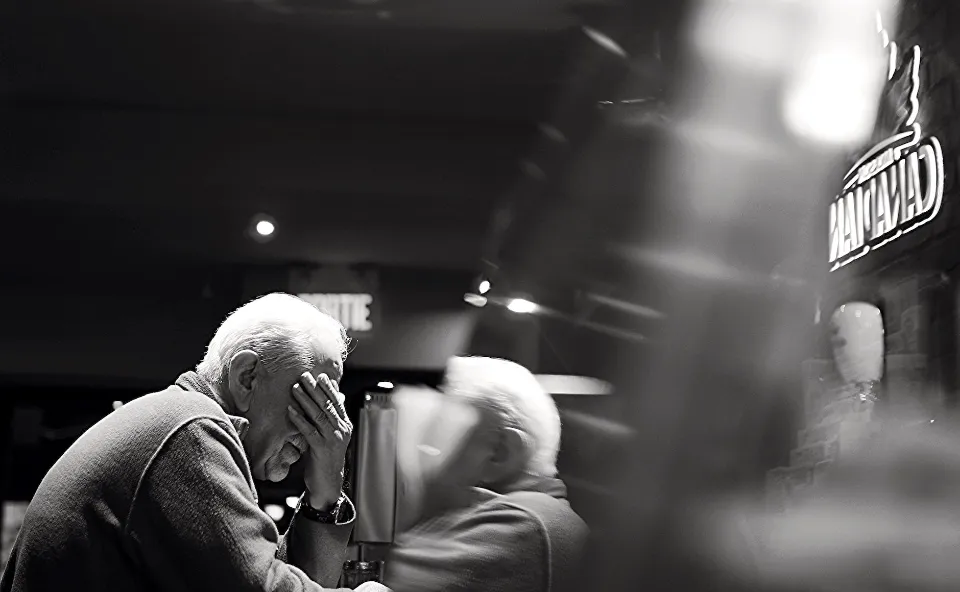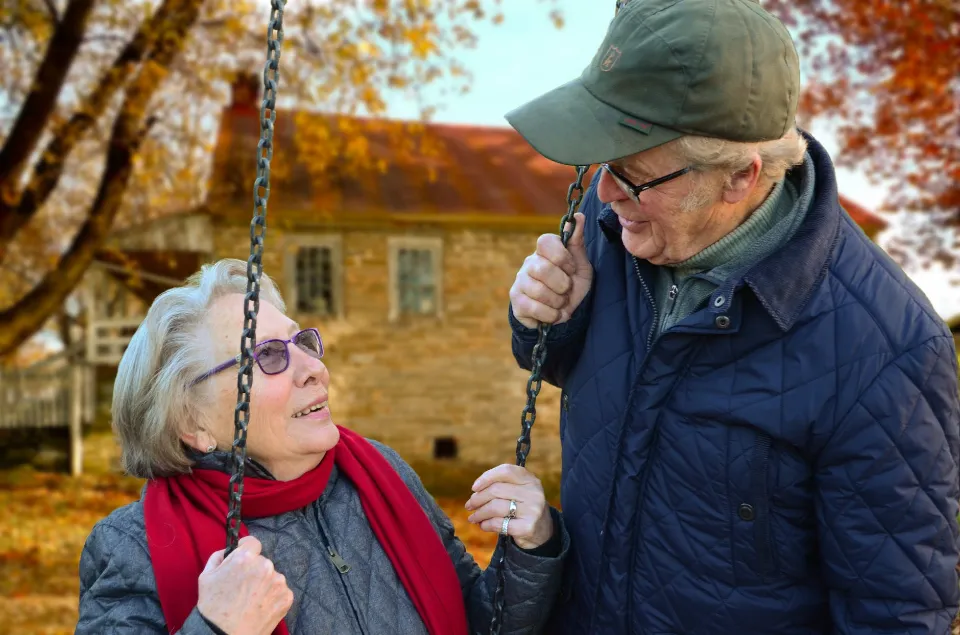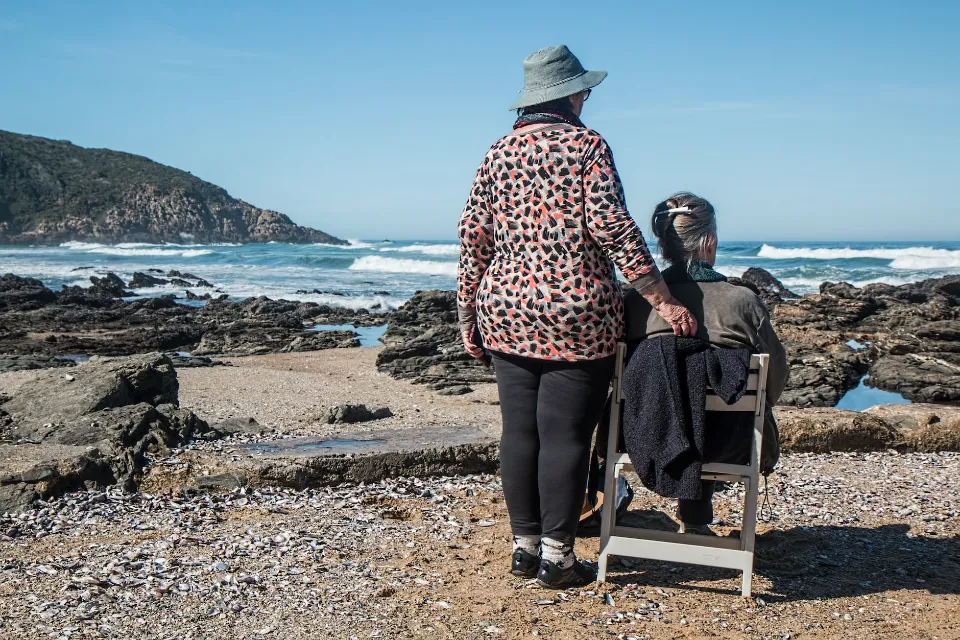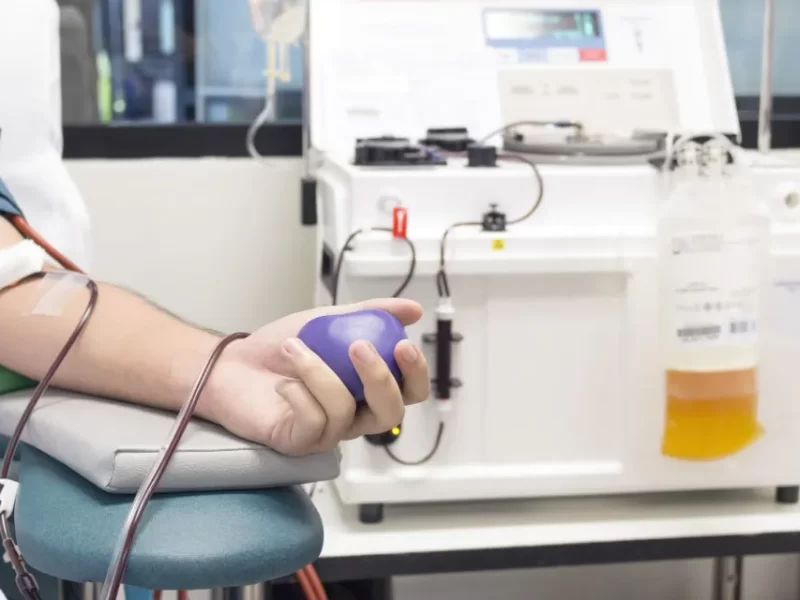The most common cause of fatal and non-fatal injuries for people over 65, according to the American Academy of Family Physicians, is falling down. Every subsequent fall raises the risk of injury by six times, and people who fall usually do so again. A fall down may indicate other issues, such as poor balance, an unnatural gait, or medication use, even if there is no injury.
Elderly people frequently experience falls, which can be incredibly frightening as many family caregivers are aware. Once the shock has subsided, family members frequently wonder how to help the elderly person stand up again.
So what do you do if an elderly person you are with trips and falls? You can find the response in this article.
What Causes Falls Down in the Elderly?
Several factors can lead to a fall.
- Eyesight, hearing, and reflexes might not be as sharp as they were when you were younger.
- Certain conditions, such as diabetes, heart disease, or problems with your thyroid, nerves, feet, or blood vessels can affect your balance and lead to a fall.
- Incontinence and other conditions that necessitate a quick trip to the restroom may raise the risk of falling.
- Older adults with mild cognitive impairment or certain types of dementia are at higher risk of falling.
- Age-related loss of muscle mass (known as sarcopenia), problems with balance and gait, and blood pressure that drops too much when you get up from lying down or sitting (called postural hypotension) are all risk factors for falling.
Related: What to Eat for Weak Legs in Elderly: 7 Leg Muscles Building Food – Elder VIP
- Foot problems that cause pain, and unsafe footwear such as backless shoes or high heels, can also increase your risk of falling.

Who to Call When An Elderly Person Falls Down?
Family caregivers must first ask for and receive assistance in managing an elderly person’s falls. Unfortunately, figuring out whose assistance you need isn’t always simple. The best way to answer this question depends on a number of variables, the most crucial of which is whether the elderly person was hurt in the fall. Calling 911 to request emergency assistance is always the safest course of action.
Even if medical assistance is not required, first responders can offer the strength to lift a loved one off the ground safely and the knowledge to determine whether they need to go to the hospital for testing and/or treatment.
Caregivers who are in a panic attempt to pick up an elderly person after a fall frequently hurt themselves in the process. Depending on the severity of the injury, this may have long-lasting effects and prevent one from fulfilling their caregiving responsibilities for days, weeks, or longer. Taking matters into your own hands increases the possibility that your loved one will be dropped or handled improperly. If there is any doubt that you and your care recipient cannot handle the situation safely, call your local non-emergency police and fire number to request that EMTs or the fire department come out for what is called a “lift assist.”
What to Do If An Elderly Person Falls Down?
Keep Clam
Keep your composure while assisting the person who has fallen to do the same. Tell them to remain still and take deep breaths in a soothing voice.
Evaluation of Injuries
You should call for assistance right away if you think you might have an injury. But just because they keep saying they’re fine doesn’t mean they actually are. Look for any type of injury, including bruising, bleeding, and bruises. To check for any potential sprains or broken bones, have them move their limbs slowly and carefully.
Consider Your Capabilities
Although you’re worried about them, you also need to think about your own security and well-being. You should make the person on the floor comfortable and seek outside help if you’re not in good enough physical condition to lift them safely.
Rise Slowly
Once you’ve assessed there are no severe injuries, you can very slowly help them up. Set up two strong chairs: one in front of them, one close by. On their side and up onto their knees, assist them by gently rolling them. If you’re sitting on a hard surface, you might want to add a small pillow or towel under your knees to make it more comfortable. Make sure it doesn’t move around, though. Then, depending on which option feels more secure to them, they can put their hands or forearms on the first sturdy chair’s seat.
When they are in this position, they should pause to make sure they are still okay and not dizzy or in pain. If they are able to proceed, have them lean forward on the chair while advancing their strongest leg until their foot is flat on the ground. Ensure that their foot won’t slip. Use their arms and the foot they have planted to lift themselves back up onto the second chair as you slide the first chair behind them.
Do not lift them in any way; remember that. Simply extend your arm to steady them in place. Don’t use any of your weight and keep your back straight.
Re-evaluation
Have them stay in the chair once they’re sitting up so they can regain their balance. Make a quick second assessment to make sure the person is still feeling okay. They might begin to feel the pain after getting up and feeling less anxious. Over the next few days, keep a close eye on them for signs of limping, other pain, and confusion.
Inform the Doctor
Even though they might not need to visit the doctor right away due to their fall, make sure they do so at their subsequent appointment. Inform any additional caregivers about the fall’s specifics if they are present.

Measures to Prevent Future Falls Down
It is best to have a candid conversation about fall prevention a day or so after an elderly person has fallen. Remind them that preventing falls is crucial to maintaining their independence in the future as you express your concern for their health and safety. After that, start visiting their medical professionals to assess and address anything that might make them more likely to fall.
- For a thorough eye exam, visit an ophthalmologist.
- Consult a podiatrist to find out if your elderly parent is wearing uncomfortable or loose shoes that might be affecting their gait and balance.
- Look for safe lighting and trip hazards throughout the house. The pathways to the bedroom, bathroom, and front door should be free of any obstructions, such as loose rugs or carpeting, peeling linoleum, dangling cords, and so on.
- Introduce the notion of using a walker or a cane. A trip to the emergency room is preferable to trying to persuade an elderly person to use these aids, despite the difficulty of the task.
It’s critical to take each fall seriously, look into the circumstances, and assess the likelihood of subsequent falls. However, with quick response and good preventive measures, your elderly will continue to live in good health and with a high standard of living for years to come.
Conclusion
An elderly person’s visit to the emergency room and subsequent hospitalization are frequently brought on by falls. These hospital visits are frequently due to fractures brought on by falls. By maintaining the elderly’s bone strength and using the aforementioned fall prevention advice, you can help lower the risk of fractures.



